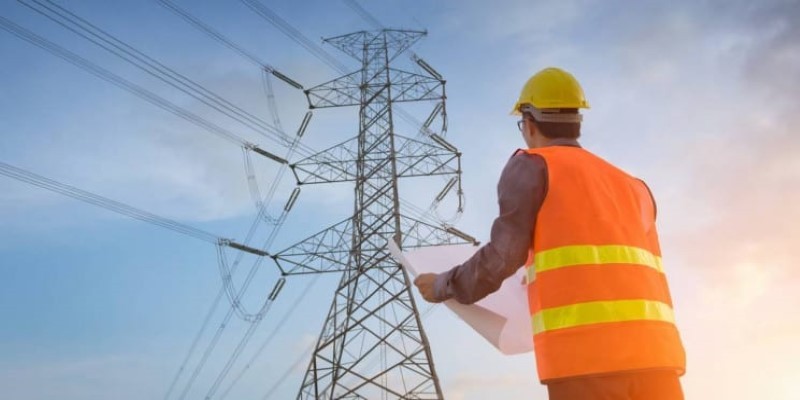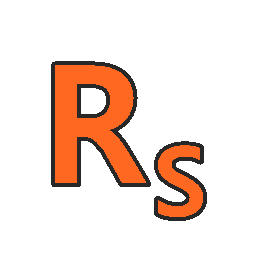
About Course
Electric Power Distribution. Energy and powered devices are an integral part of society. Humanity’s earliest days saw the discovery of fire through wood combustion, and the use of charcoal for smelting metals dates back as early as 5000 BC. Powered devices using natural energy sources such as water and wind were introduced by the Ancient Greeks and were commonly used until the 18th-century steam engine revolutionized the way devices could be powered. Various natural oils were used for a range of purposes, such as whale oil for lamps.
The Industrial Revolution led to the massive use of coal as fuel, and the extraction of petroleum and various other oils became extremely important with the advent of internal combustion engines. Electric Power Distribution, also based on fossil fuels, became widespread at the end of the 19th century, and the production of cleaner electrical energy through nuclear, hydropower, geothermal, and solar means is a topic even more relevant to today’s world.
Electric Power Distribution Engineering Fundamentals is a comprehensive video course where you can learn industry-specific knowledge about the distribution power system that you would not have known unless you worked within the utility industry for a number of years.
I have handcrafted this course to allow students to acquire core fundamental knowledge on how the distribution system works as well as how to do simple distribution designs.
If you are a recent graduate of an engineering program or wanting to switch careers to being an Electric Power Distribution engineer, you will find this course of great help to get the fundamental knowledge you need to kick start your professional career.
If you are looking for an apprenticeship program to be a power lineman, this course will allow you to show the recruiters how much passion and potential you have to be in the trade. And if you already a journeyman, the design knowledge you learn here will allow you to have an advantage in getting a distribution planner position in the office.
This Electric Power Distribution course can benefit anyone who wanted to work in the utility industry. As long as you have an interest in working in this industry, be it accounting, IT, supply chain, etc, this course can help you to get an advantage at work or getting a job within this industry as it gives you the core knowledge of the industry that you would not have otherwise obtain unless you have worked in the industry spanning multiple departments. And knowledge is power.
What is your Path?
I will show you what modules you should take depending on what you want as your goal.
If you are striving to be a designer, I will go over how you can do line designs with lead and structural calculations by hand.
If you are an aspiring entrepreneur, you will also learn about the niche markets and how they will be relevant in the future of this industry.
So let’s get started! Let’s start your fulfilling journey and mark an important point of your phenomenal career in this industry!
Who this Electric Power Distribution course is for:
- Engineer or engineering students who wanted to get into the power utility industry
- People who wanted a stable career with good pay and work-life balance
- Non-Engineering Professionals who want an advantage in getting into the power utility industry.
Course Content
Electric Power Distribution
-
Chapter#1: Load Characteristics (Lecture 1)
00:00 -
Chapter#1: Load Characteristics (Lecture 2)
00:00 -
Chapter#1: Load Characteristics (Lecture 3)
00:00 -
Chapter#1: Load Characteristics (Lecture 4)
00:00 -
Chapter#1: Load Characteristics (Lecture 5)
00:00 -
Chapter#1: Load Characteristics (Lecture 6)
00:00 -
Chapter#2: Types of Distribution Systems
00:00 -
Chapter#3: Design Considerations of Primary Systems (Lecture 1)
00:00 -
Chapter#3: Design Considerations of Primary Systems (Lecture 2)
00:00 -
Chapter#3: Design Considerations of Primary Systems (Lecture 3)
00:00 -
Chapter#4: Voltage-Drop and Power-Loss Calculations (Lecture 1)
00:00 -
Chapter#4: Voltage-Drop and Power-Loss Calculations (Lecture 2)
00:00 -
Chapter#5: Power Distribution Cables (Lecture 1)
00:00 -
Chapter#5: Power Distribution Cables (Lecture 2)
00:00
Student Ratings & Reviews

